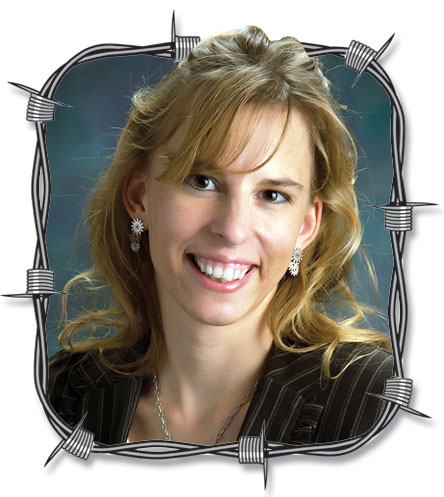 The University of Missouri Extension office in McDonald County, Mo., recently completed their first Annie’s Project, a seven-week course for women in agriculture to learn about finances, human resources, production and marketing, and legal issues.
The University of Missouri Extension office in McDonald County, Mo., recently completed their first Annie’s Project, a seven-week course for women in agriculture to learn about finances, human resources, production and marketing, and legal issues.
Never having completed the course myself, I took part as a participant and found the course to be very informative, no matter your background. Some were women new to ag, some wanted a better understanding of their operations, some looking for new ideas, some were full-time farmers and some worked in town. One common theme, however, as reflected by their questions was “How do I make my farm profitable?”
From a lender’s perspective, the key to profitability is always in the numbers. The greatest idea in the world will not work if the numbers are not there to support it. What do we mean when say “the numbers”? We’re talking about income and expenses, profit and loss statements. We’re talking about making sure any monies coming in are enough to cover any monies going out, i.e. outputs versus inputs.
Every year, all farmers receive a profit and loss statement. On the much dreaded tax return that we all have to file is a form called a Schedule F. This is not just a form your CPA files with the tax return. It can tell you if your operation is making money or losing money, and it can serve as a historical year end income statement for your operation.
The top section of the Schedule F lists any income that comes into your operation. Here is where you can find calf sales, crop sales, poultry income, co-op distributions, government program payments, crop insurance and others. Since you should be retaining copies of your tax return each year for your records, you can compare your sales and other income year to year and decide where any changes need to be made.
The latter half of the Schedule F lists your farm expenses such as chemicals, insurance, feed, gas, rent, vet expenses, repairs, etc. And again, you can compare your current tax return to last year’s to find where expenses have increased and decreased and see if any adjustments are needed in the next year.
There are a couple differences between a Schedule F and a true cash flow income statement. One is the inclusion of depreciation on the tax return. In the finance world, we consider this a non-cash expense (you are not actually paying monies out), so we don’t include it on the cash flow income statement. The second difference is interest. The IRS only allows you to include the interest expenses, whereas in real life, you are making principal and interest payments. Including those full payment amounts will let you see if your operation can afford your mortgage and other payments.
Your Schedule F is an important tool in your operation’s “tool box” and one that many financial advisors would encourage you to take advantage of. As stated earlier, it can show you the profitability of your operation, and, if you have multiple operations (cattle, poultry, crops), you can have your CPA provide a separate Schedule F for each to show their true profitability. Knowing this information can help you and your financial partner in deciding which next step is needed as you grow and meet your operation’s goals and dreams.
Jessica Allan is an agricultural lender at Hometown Bank in Neosho, MO. A resident of Jasper County, she also is involved in raising cattle on her family’s farm in Newton County and is an active alumni of the Crowder College Aggie Club.





